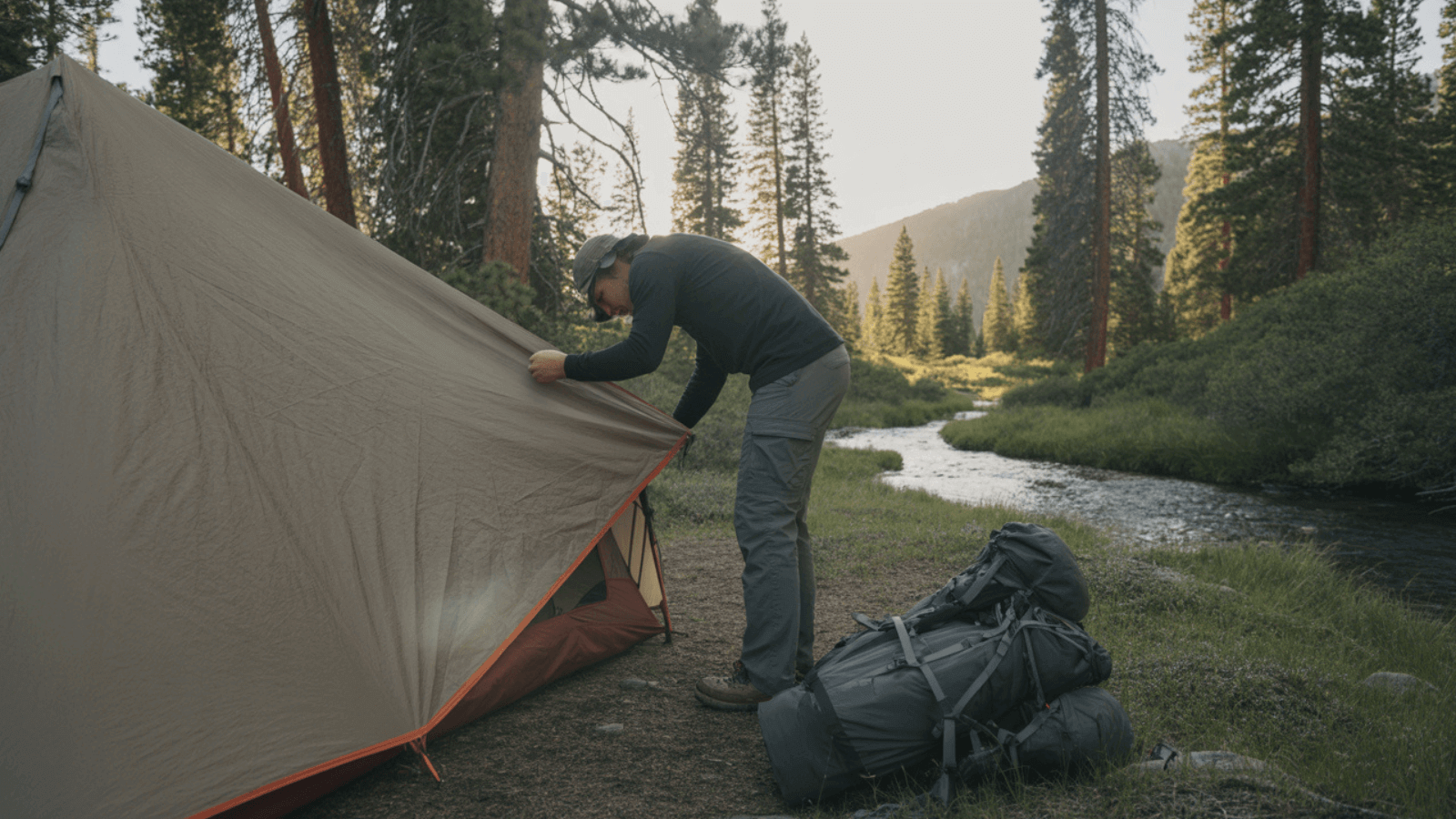10 Warmth Mistakes Campers Make (and How to Avoid Them)
Staying warm while camping isn’t just about comfort — it’s about safety, energy, and enjoying the great outdoors without shivering through the night. Whether you’re a seasoned camper or planning your first weekend under the stars, here are the most common mistakes people make when trying to stay warm — and how to avoid them for good.
1. Wearing Too Many Layers Too Soon
It’s tempting to pile on the fleece as soon as the sun sets, but overdressing early can lead to sweating — and sweat is your enemy in the cold. Instead, layer strategically. Start with moisture-wicking base layers, then add insulation and outerwear as the temperature drops. Your body will regulate better, and you’ll stay dry and warm longer.
2. Ignoring Your Feet
Cold starts at the toes. Many campers forget how quickly feet lose heat through the ground. Thick, insulated socks (preferably moisture-wicking or heated) are a must. Keep a second dry pair in your sleeping bag to change into at night — your future self will thank you.
3. Sleeping Directly on the Ground
Even in summer, ground contact steals warmth fast. Always insulate underneath you with a foam mat, insulated pad, or reflective blanket. It’s not just about comfort — it’s about keeping your core temperature safe while you sleep.
4. Skipping Warm Fluids Before Bed
Warm fluids can raise your internal temperature and help you fall asleep more comfortably. A mug of herbal tea, warm broth, or even heated electrolyte water can make a big difference. Avoid caffeine or alcohol, which can disrupt your sleep and circulation.
5. Forgetting to Warm Up Before Bed
Getting into your sleeping bag already cold is a huge mistake. Do a few jumping jacks, walk briskly, or do bodyweight squats before crawling in — just enough to get your blood flowing. Then let your sleeping bag trap that heat.
6. Not Sealing the Heat
Heat escapes fast through gaps in tents and sleeping bags. Use sleeping bag liners, thermal sleeping socks, and cinch the hood of your bag around your head. Block drafts in your tent by sealing the base with gear or a ground tarp. You want to trap heat like it’s gold.
7. Wearing the Same Clothes You Hiked In
Damp clothes from sweat can chill you fast once you stop moving. Always change into a fresh base layer and socks before sleeping. Even slightly damp gear can ruin your night’s rest in cold conditions.
8. Relying Only on Fire
Campfires are great for ambience and cooking, but they’re unreliable for lasting warmth — and unsafe to sleep near. Portable heat sources like USB-heated gear or insulated hot water bottles are safer and longer-lasting. Build your gear list with tools that work all night, not just while you're awake.
9. Not Covering Your Head and Neck
You lose significant body heat through your head and neck — areas often left exposed while sleeping. A thermal beanie and neck gaiter or scarf can keep that heat in and prevent chills, especially in the early morning hours when temps dip hardest.
10. Skipping the Pre-Bed Checklist
Before you hunker down, do a warmth check. Dry clothes? Layers on? Tent sealed? Sleeping pad in place? Hot drink finished? This simple ritual ensures you're not making avoidable mistakes after lights-out, when it’s much harder to fix them.
Bonus Tip: Pre-Warm Your Sleeping Bag with a Hot Water Bottle
This one’s an old-school trick that still works like magic. Fill a Warmweave™ Plush Hot Water Bottle with hot water before bed and place it inside your sleeping bag 15 minutes before you get in. It’ll pre-warm the space and help you fall asleep faster in toasty comfort. In the morning, it doubles as a hand-warmer or source of warm water for tea.
Final Thoughts
Camping is about reconnecting with nature — but warmth is what makes the experience enjoyable. Avoid these common mistakes, plan smart, and layer wisely. With the right strategies (and a few cozy upgrades), you’ll be warm, safe, and ready for any outdoor adventure.
Warmth Woven In – Guaranteed.



